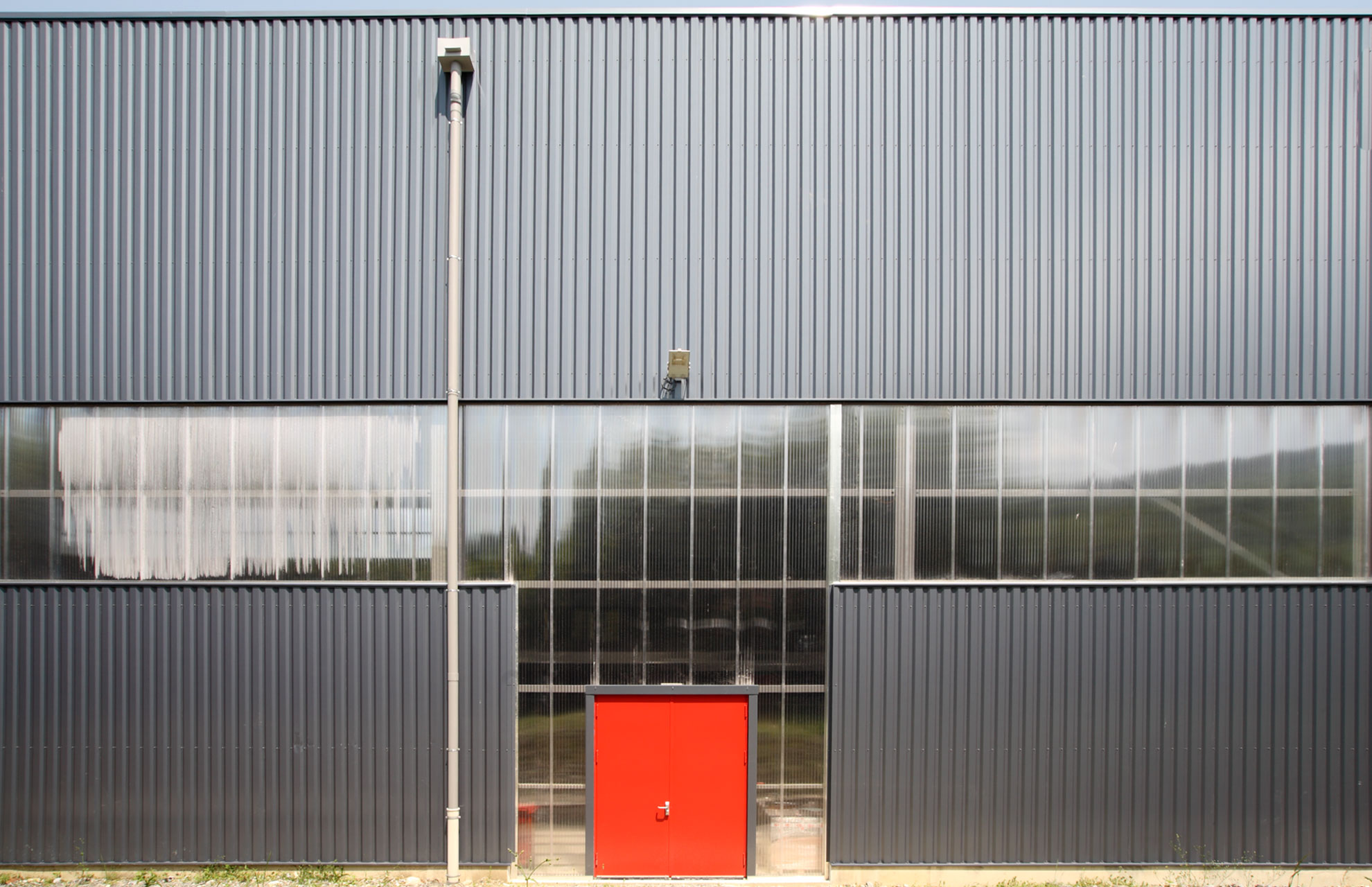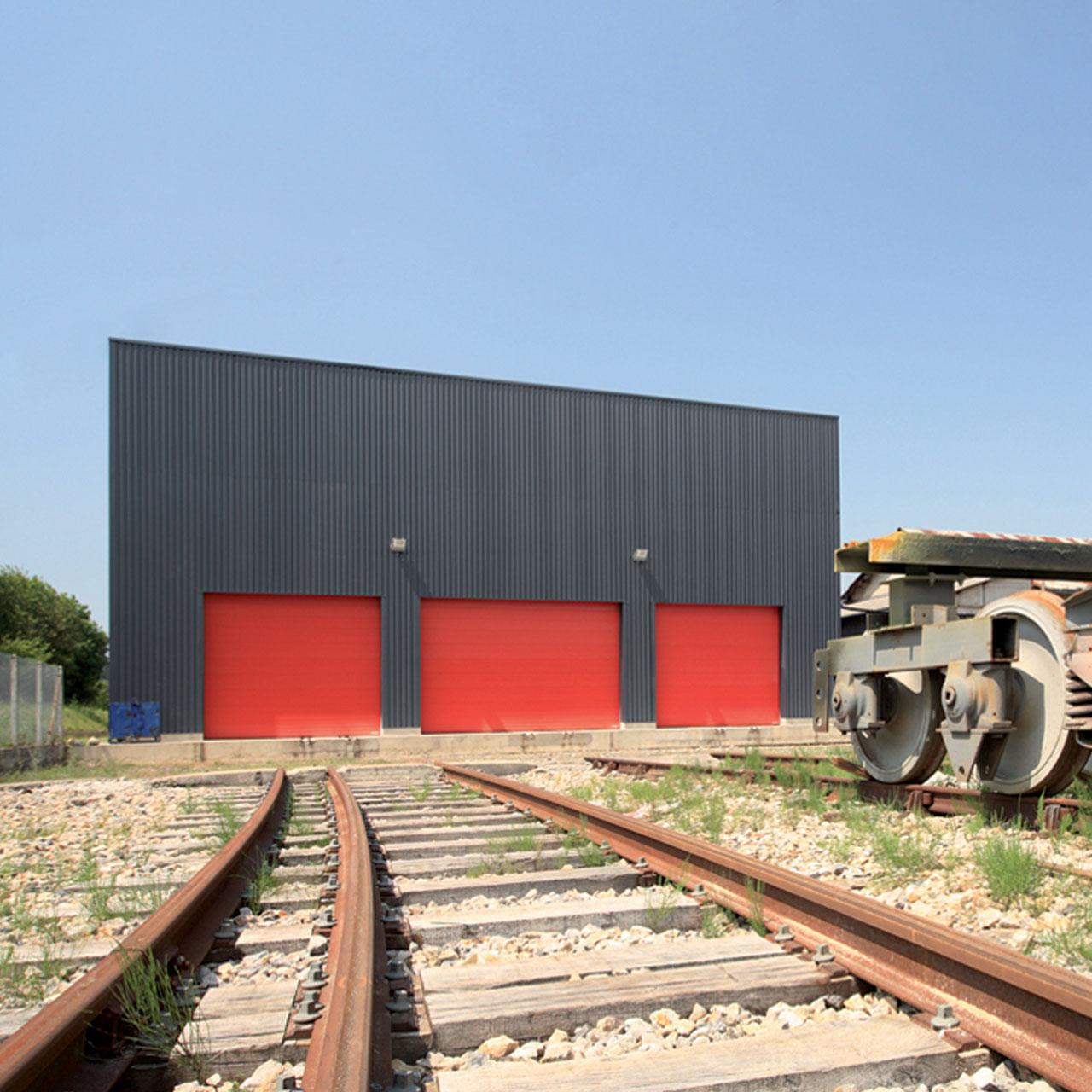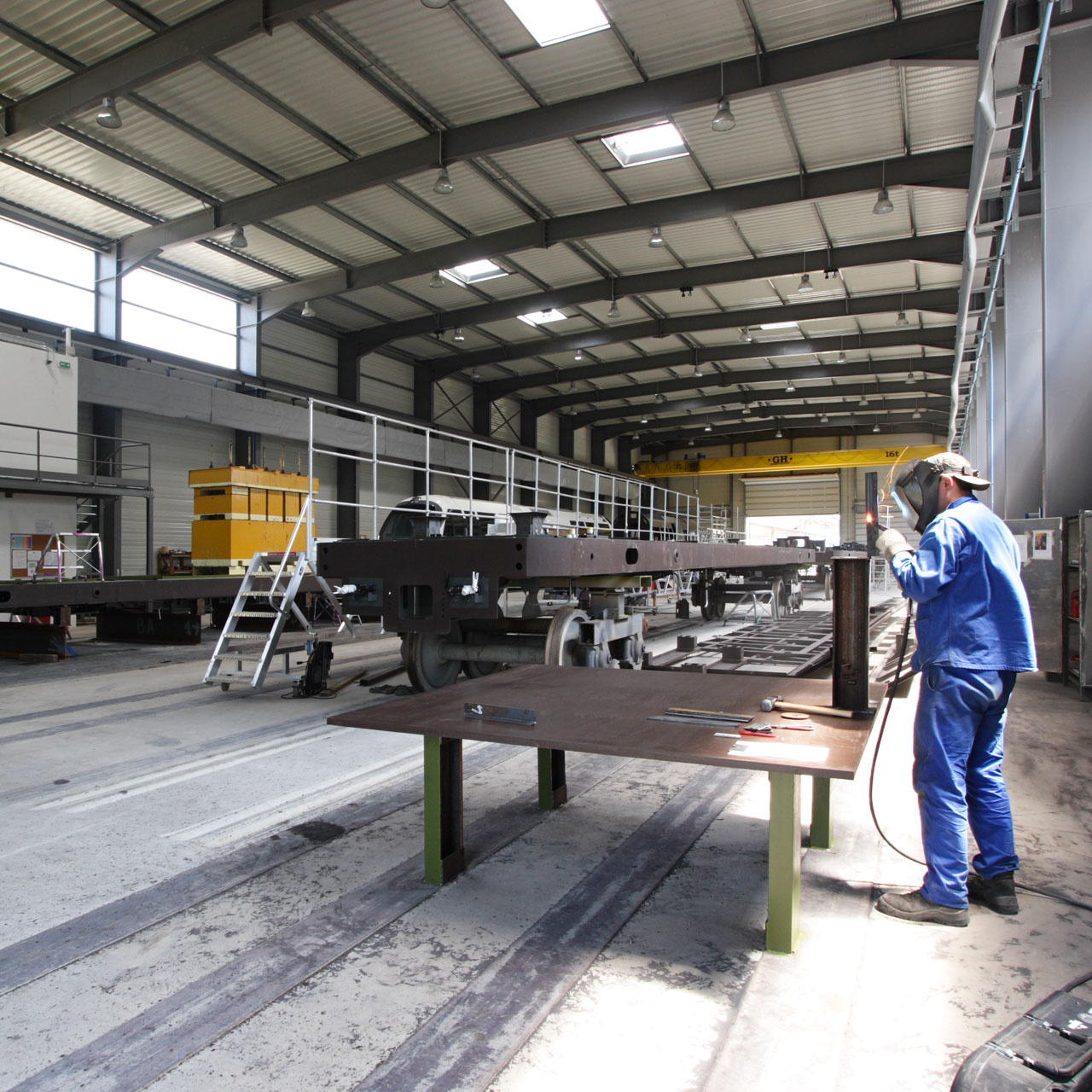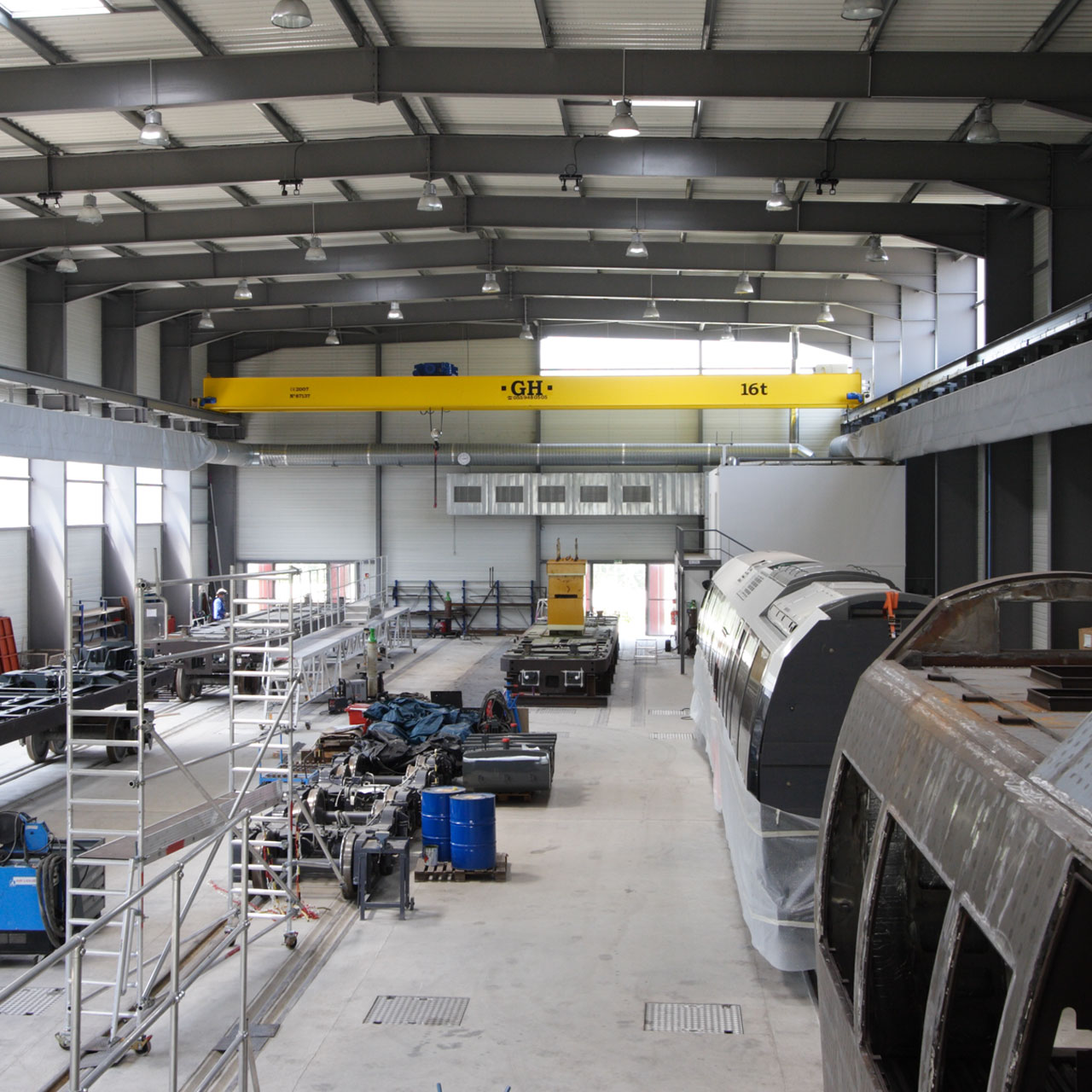

CFDB (CAF France) has decided to locate its work on the construction of a multi-purpose production unit in the Pyrenees, in Bagnères-de-Bigorre (Chemins de Fer Départementaux de Bigorre - CFDB), on the former site of the Soulé factory. CFDB is a company that dates back to 1881. Until the Second World War, the company built and operated new railway lines and owed its success to its ability to finance projects and to control their implementation and management. After the nationalisation of the majority of railway lines, the company developed a rolling stock construction activity over the next 50 years. The railway equipment factory at Soulé (65) was bankrupt when CFDB took it over with a workforce reduced to about twenty people. It was developed under the name of CFD Bagnères by delegating responsibility to the former managers of the Soulé site, but with CFD methods, which allowed profitable growth and the actual staff could be increased again, up to 200 people.
As the challenge is to pay attention to the implemented workflow, the project interweaves two complementary approaches. The first consists of a rapid rythm of construction, ensuring that production is not interrupted. The project is anchored in a simple volume and its architectural principle opts for the implementation of a structure with large spans allowing for long windows. The zenithal lighting, evenly distributed, reinforces a constant quality of natural lighting.
The second is the spatial organisation of work internally, in a mobile manner, around the work in progress, in to avoid a long assembly line, in favour of a production that can accommodate several models of locomotives or other, in other words, versatile production. A spatial organisation of the workstation in the non-automated assembly line is thought out and implemented based on mobile workstations - welding, for example - allowing interventions at various locations.


